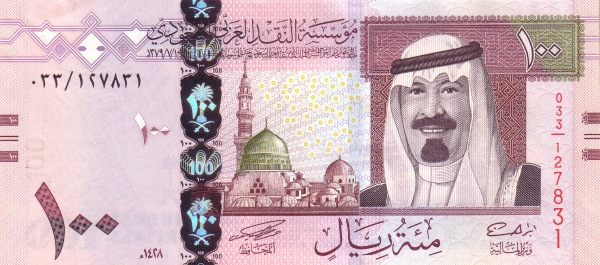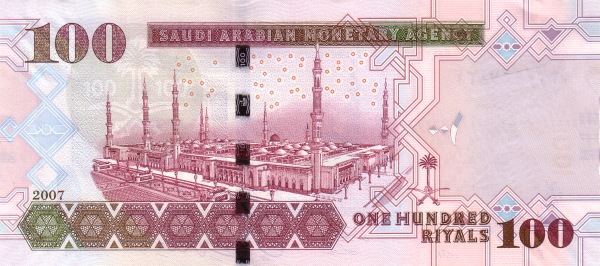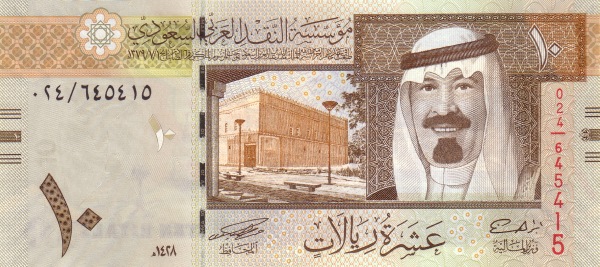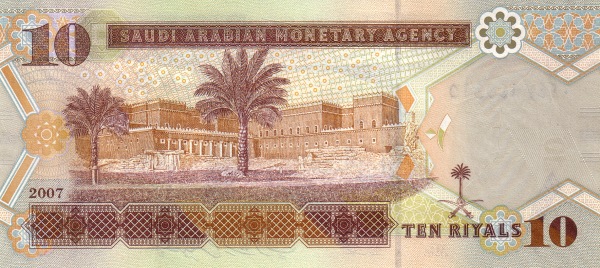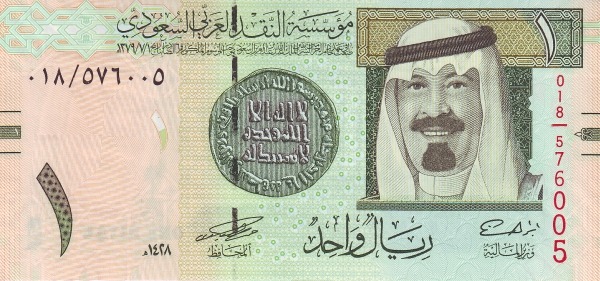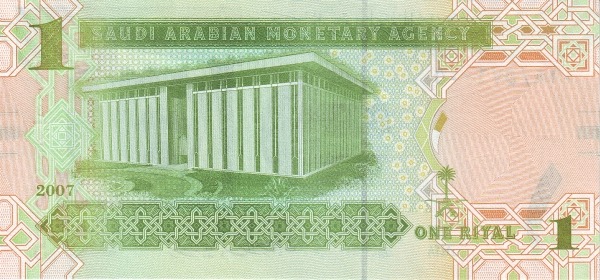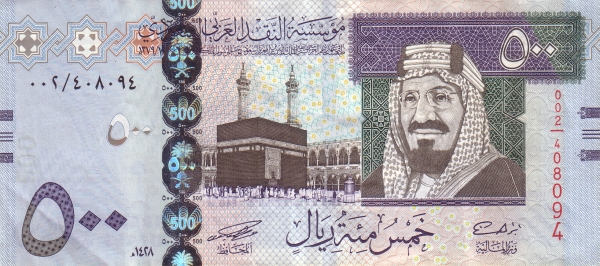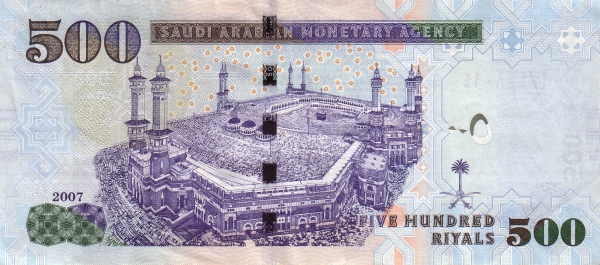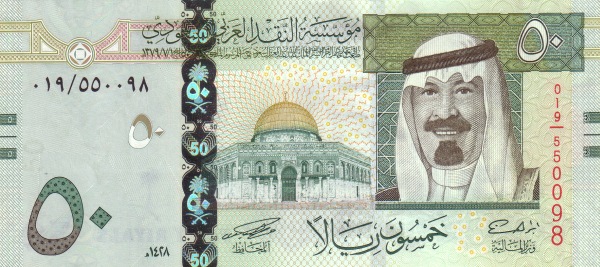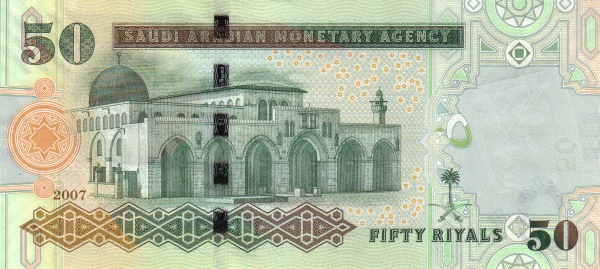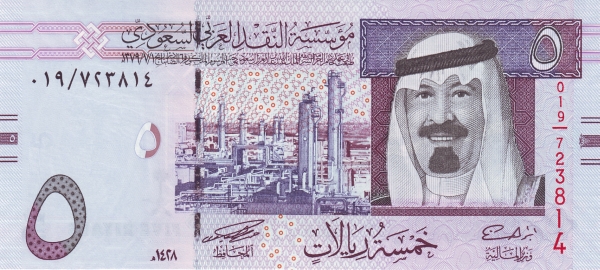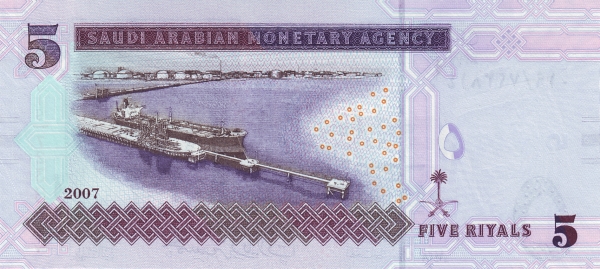Exploring Saudi Arabia: A Historical Overview
Saudi Arabia, known as Al-Mamlakah al-Arabiyah as-Saudiyah in Arabic, offers a fascinating glimpse into a dynamic history shaped by key events. In 1902, Abdul al-Aziz Ibn Saud captured Riyadh, marking the beginning of a 30-year campaign aimed at unifying the Arabian Peninsula. This ambitious endeavor transformed the region, creating a cohesive nation out of various tribes and factions. By the 1930s, the discovery of oil completely transformed Saudi Arabia. What once stood as an underdeveloped, tribal desert kingdom swiftly evolved into one of the wealthiest nations across the region.
Turning Points in Saudi Arabian History
After Iraq's invasion of Kuwait in 1990, Saudi Arabia stepped onto the international stage in a significant way. The nation extended refuge to the Kuwaiti royal family, sheltering approximately 400,000 individuals fleeing the conflict. Additionally, Saudi Arabia welcomed Western and Arab troops on its soil to facilitate the liberation of Kuwait. This critical decision further solidified Saudi Arabia's strategic importance in Middle Eastern politics.
Recent Royal Transitions
On August 1, 2005, the nation mourned the loss of King Fahd. Following his death, Crown Prince Abdullah ascended to the throne, navigating the country through pivotal changes until his death in 2015. Since then, Salman bin Abdulaziz Al Saud, the former Governor of Riyadh, has served as the King of Saudi Arabia. Meanwhile, Mohammed bin Salman (often referred to as MBS) serves as the Crown Prince and continues to play a vital role in shaping contemporary Saudi Arabia's policies.
The Political Landscape of Saudi Arabia
An Absolute Monarchy
Saudi Arabia operates under an absolute monarchy, with the King acting as the chief of state and head of government. In this political structure, there are no political parties or national elections. Instead, the royal family holds the reins of power, maintaining significant influence over legislative, executive, and judicial functions. Despite the absence of typical democratic processes, the Kingdom implemented a quasi-legislative body known as the Consultative Assembly (Majlis al-Shūrā) in 1993. This advisory body seeks to provide insight but lacks legislative authority.
Legal Framework and Governance
Saudi Arabia’s legal structure is firmly rooted in Islamic law, or Sharīʿah. Consequently, this framework forms the primary source of legislation throughout the Kingdom. Daily life and governance are heavily influenced by Islamic principles, which impact various facets of society, including criminal justice, financial dealings, and personal status laws.
The Role of the Royal Family
One cannot overlook the significant role that the royal family plays in shaping policies and fostering economic growth. With an extensive network of familial ties, the Al Saud family influences multiple sectors, from education to business development. The dynamics within the royal family often dictate the political climate and policy directions, intertwining personal relationships with national governance.
Cultural Richness and Heritage
In addition to its political intricacies, Saudi Arabia is steeped in rich cultural heritage. The Kingdom is home to several World Heritage Sites, including the ancient city of Diriyah and the rock art of the Hail Region. These sites not only reflect the longstanding historical significance of the area but also attract tourists interested in exploring the roots of Arab culture.
Economic Transformation
The economy of Saudi Arabia thrives primarily on oil, with the nation being one of the leading oil producers worldwide. However, in recent years, the government has initiated Vision 2030, a strategic framework aimed at diversifying the economy. By focusing on different sectors such as tourism and entertainment, Saudi Arabia seeks to reduce its dependence on oil revenues. This transformative initiative reflects the Kingdom's intent to modernize and adapt to changing global economic conditions.
Tourism and Future Aspirations
Tourism in Saudi Arabia is on the rise, driven by initiatives to open the Kingdom to travelers from around the globe. Historical pilgrimage sites, like Mecca and Medina, continue to attract millions, while new projects aim to create modern tourist attractions. The development of the Red Sea Project, featuring luxury resorts and entertainment hubs, exemplifies Saudi Arabia's commitment to welcoming visitors and enhancing its cultural offerings.
Conclusion: Embracing Change
Saudi Arabia stands at a crossroads, embracing change while holding onto its roots. With a rich history marked by transformation and a bright future guided by progressive vision, Saudi Arabia continues to evolve as a significant player in both regional and global contexts. From its political structure to its cultural heritage, understanding the intricacies of this nation invites appreciation for its unique position in the Arab world.
Largest cities of: Saudi Arabia
| City Name | Population | Year of foundation | |
| Riyadh | 7,500,000 | 1727 | |
| Jeddah | 4,000,000 | 647 | |
| Mecca | 2,000,000 | circa 570 | |
| Medina | 1,300,000 | 622 | |
| Dammam | 1,000,000 | 1932 | |
| Tabuk | 900,000 | 1540 | |
| Khobar | 750,000 | 1940 | |
| Abha | 500,000 | 9500 B |
Saudi Arabia: Money
